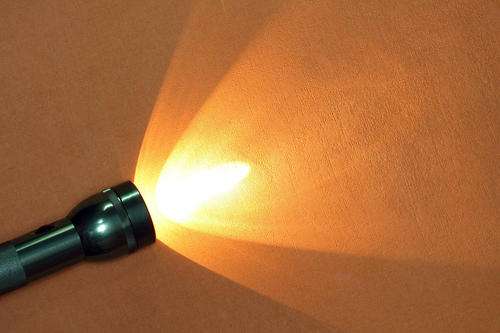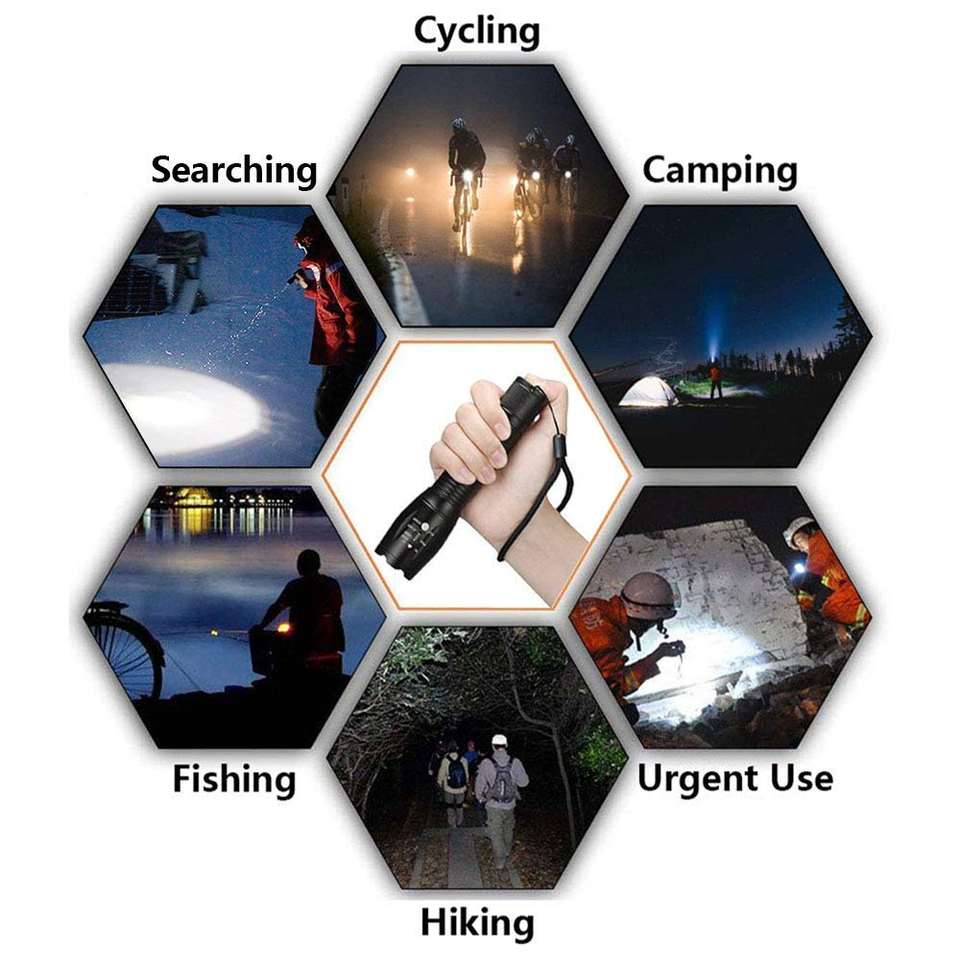Nowadays, camping has become a kind of travel that more and more people want to try. Leave hotels and restaurants behind, pack your bags and get closer to nature by camping.
Key points of site selection
Level the ground: When camping, the leaves in a deciduous forest or pine needles in a coniferous forest, some mineral-rich soil, a beach near a stream or a pile of rubble are all good places to set up camp because they are flat. When you lie down on a tide mat, you will find that hard, flat ground is much more comfortable than soft, bumpy ground.
Stay high: If you have different elevations to choose from, the ideal location should be high enough to be protected from wind and rain, from flash floods, and from falling rocks and avalanches.
Stay safe from above: If your camp is located in an area where rock falls, landslides, avalanches, and mudslides are likely, you are taking a big risk. If you have to camp in these places, you should at least avoid the low-lying areas at the bottom of the mountains and places where these things pass directly. When looking for a place to set up camp in the woods, you should be careful to avoid dead trees that have begun to drop branches, which can be toppled by a heavy rain or a bit of wind. It’s also important to keep an eye out for large hives.
Anti-animal: When building a camp, carefully observe whether there are wild animal tracks, droppings and nests around the camp. Do not build in a snake and rat zone to prevent injury or damage to equipment. Have mosquito, insect and scorpion repellents and protective measures. Spreading plant ash around the perimeter of the camp is very effective in preventing snakes, scorpions, and venomous insects.
Sunshine: As far as possible, the camp should be located in a place with long sunshine hours, which will make the camp relatively warm, dry, clean, easy to dry clothes, goods and equipment.
Play outdoor friends should be able to appreciate the importance of strong flashlight, but for novice friends may ignore this problem, you photoelectric to popularize the relevant information, so that we can clearly understand the importance of LED flashlight for outdoor camping. It is mainly reflected in the following aspects:
1, outdoor camping is far away from the city in the natural environment, the lack of power supply, so the demand for and dependence on mobile lighting tools is very strong, this is well understood.
2. Although there are a variety of mobile lighting tools, portability has become an optional standard considering luggage and other spare parts. LED flashlights have obvious advantages in portability.
3, functional practicability. Good LED flashlight with strong light, multi-gear adjustment characteristics, can be used to deal with different natural environment, whether it is walking lighting, or outdoor search, or the camp tent lighting, crisis distress signal and so on, the business you flashlight can be easily done, in combination with its portable characteristics, carry, in case of emergency.
4. Endurance. Good LED flashlight, with the coordination of multi-gear adjustment, can reasonably control the endurance, low light can maintain dozens of hours, in the very limit, lighting is still not a problem. Plus, the battery is small enough to carry around.
5, waterproof performance. Good LED flashlight has excellent waterproof ability, up to IPX8 level, even in the storm, still can be used normally, not affected.
6, easy to use, suitable for all ages. The operation is convenient, so that the first campers can also use the handy, can calmly in the face of crisis to save themselves or inform others.
Summary: The importance of LED flashlight for outdoor camping is self-evident, for friends who want to camp, one or more good flashlight is available, without him you will find camping activities are not so beautiful。
Post time: Jan-05-2023

















